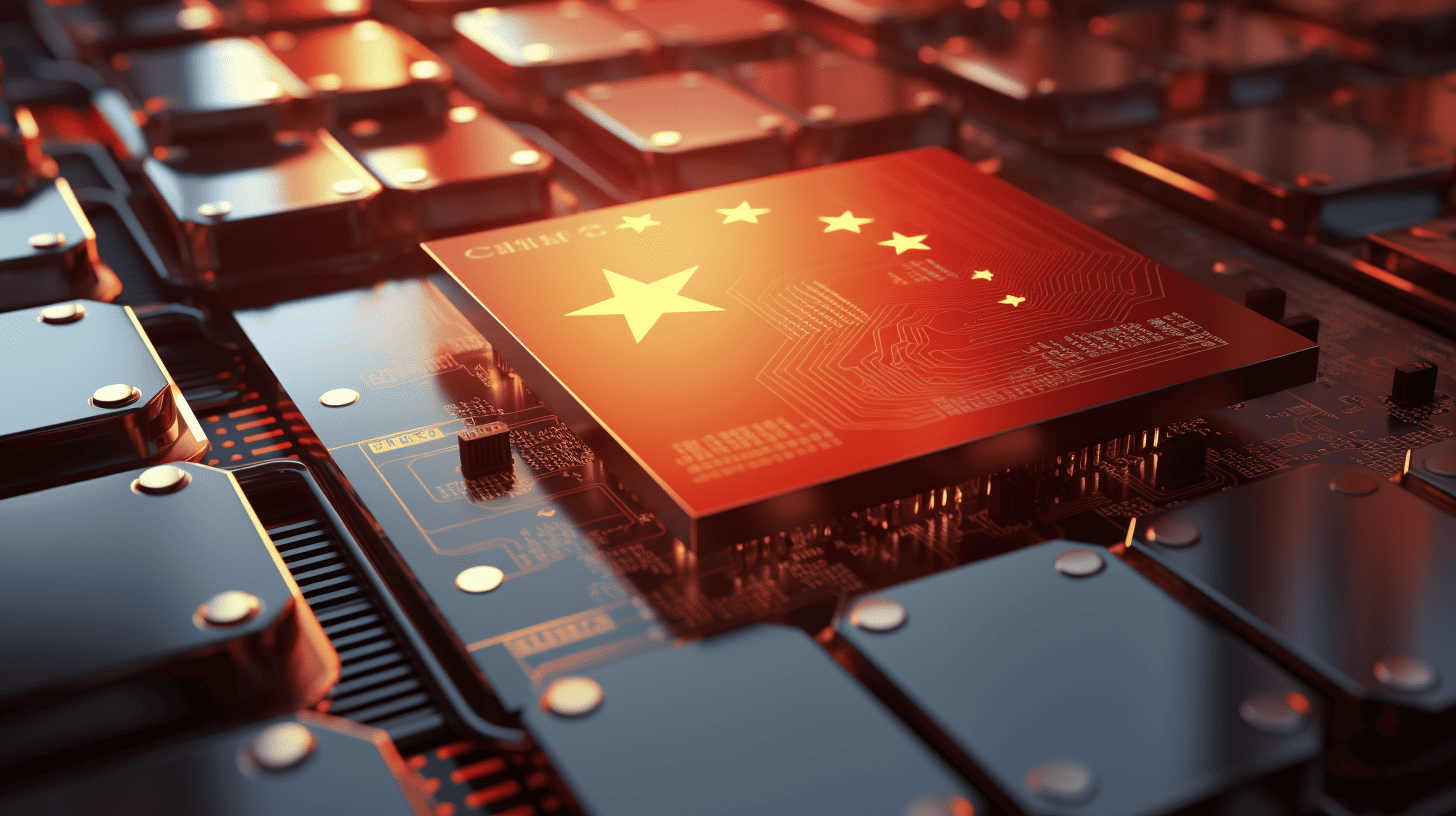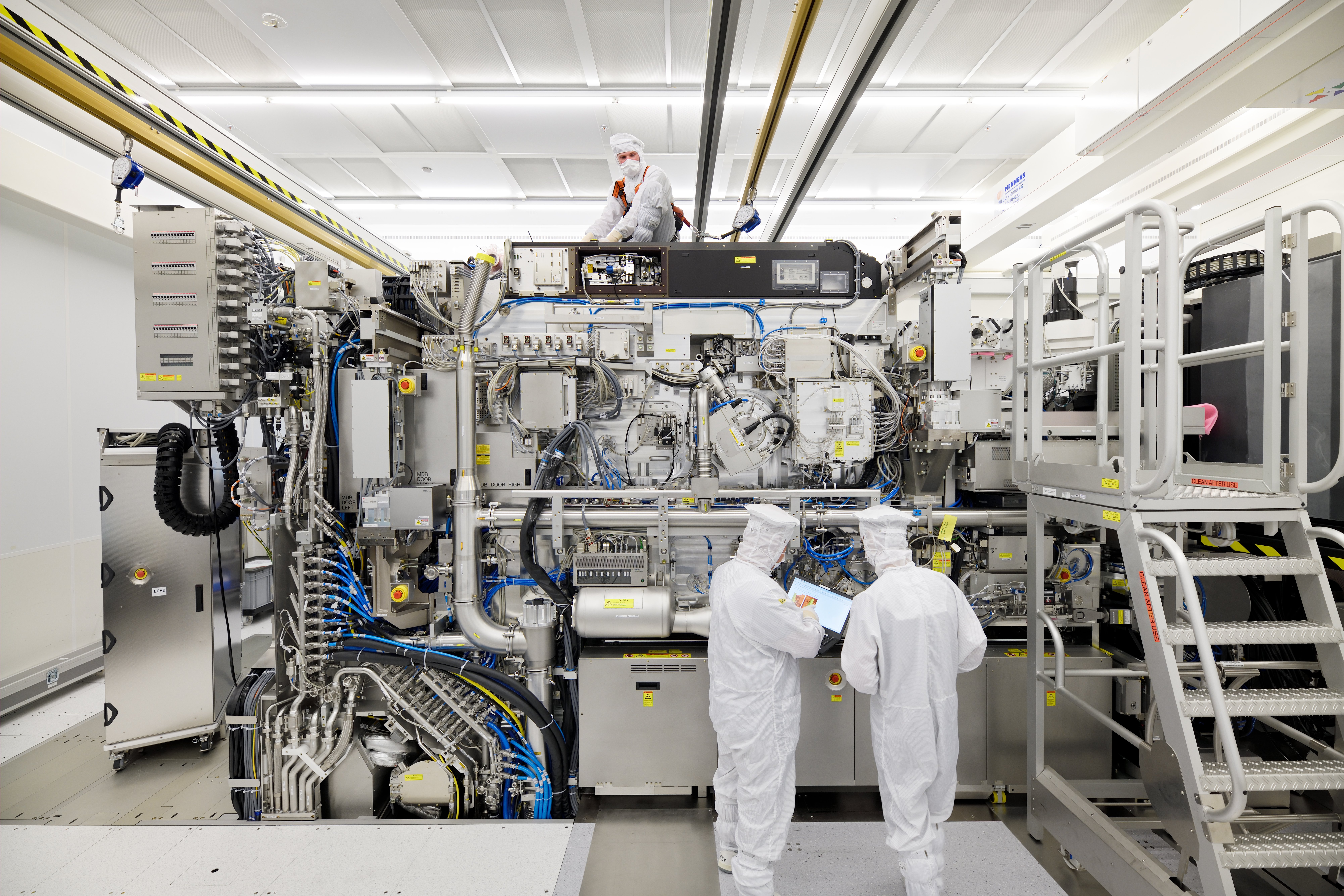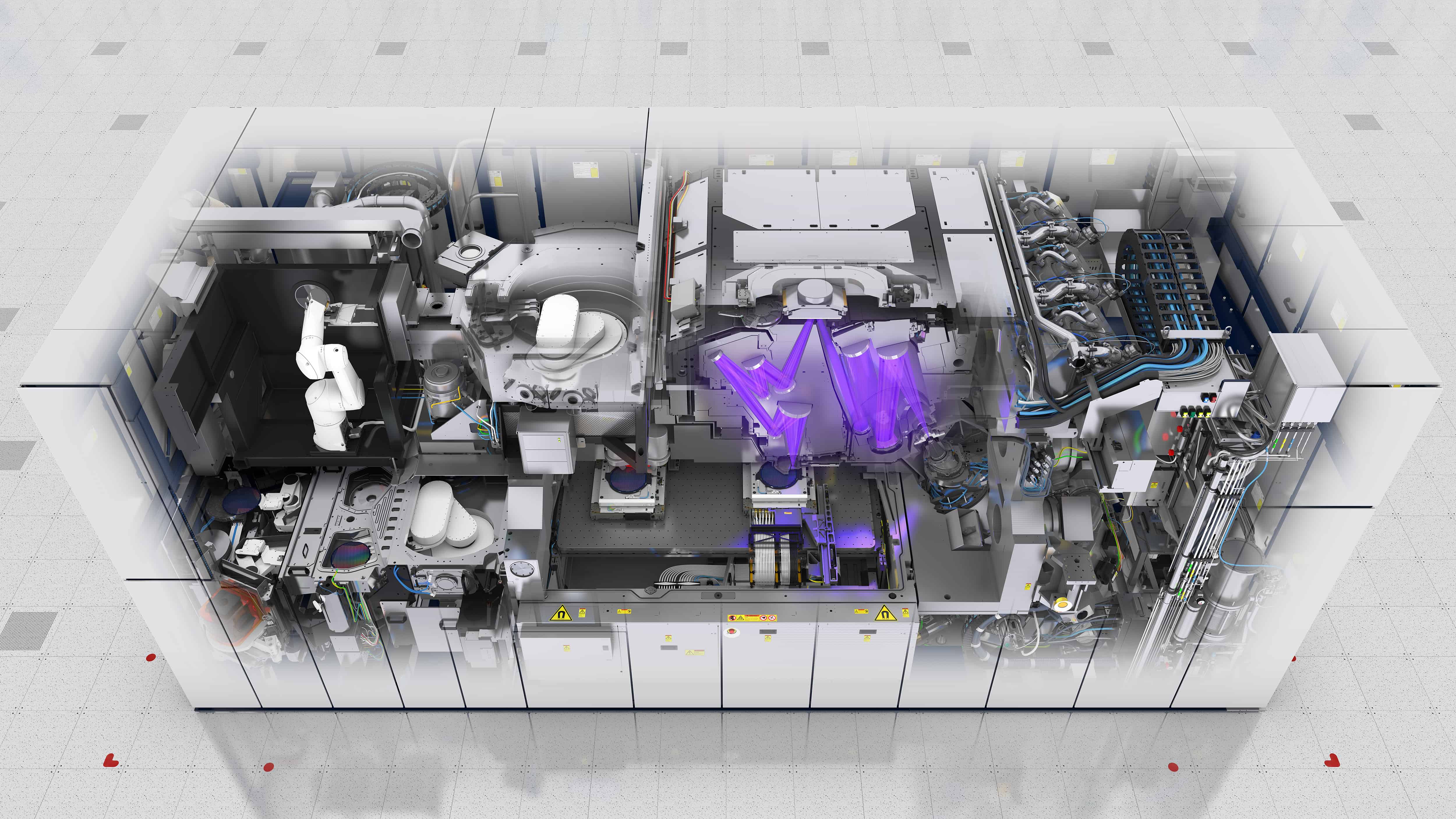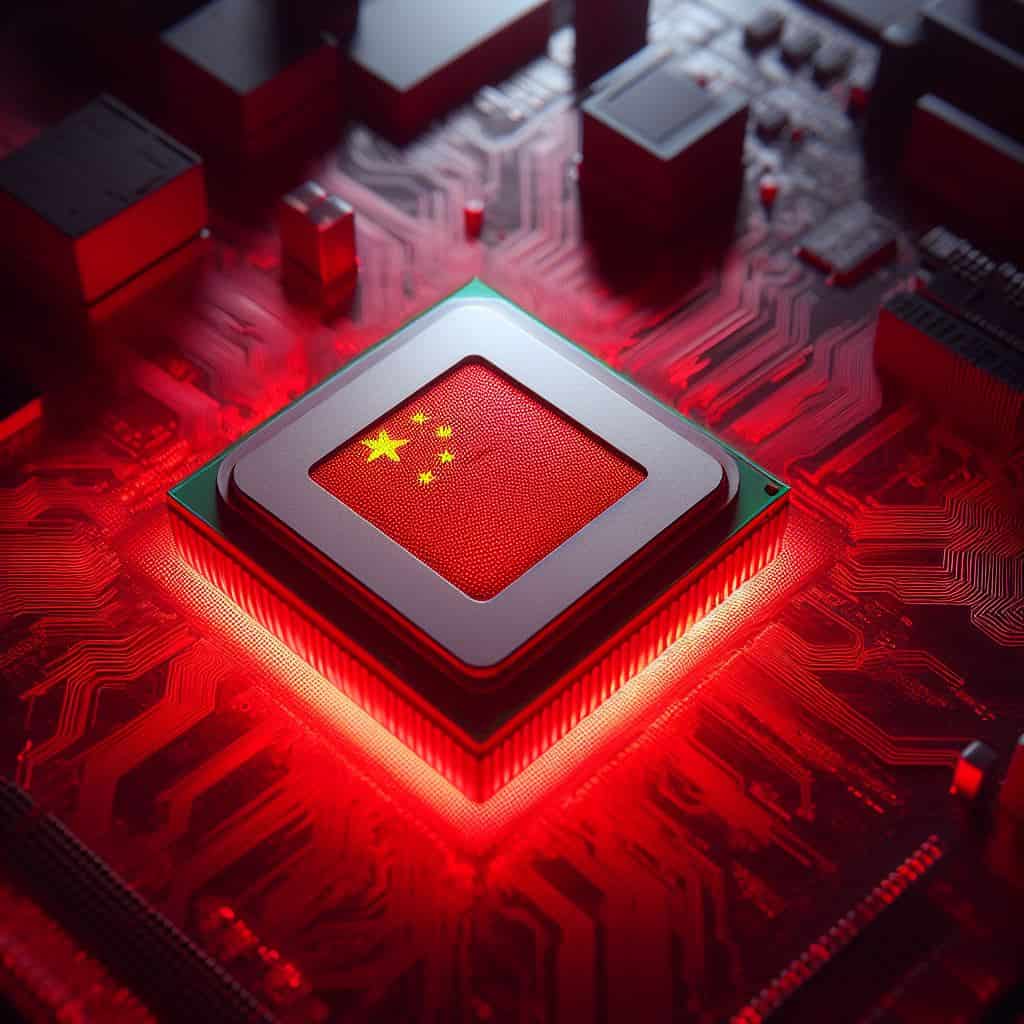
Is a century-long trend of globalization reaching its limits? Although the world is still one big marketplace, with consumers buying stuff from different continents just as easily as from the local grocery store, the big powers are taking steps toward autonomy. The U.S. and China sanctioning each other’s goods and restricting the export of critical materials are the best examples of this. Europe, in the meantime, crushed between these world powers, is trying to design its own form of autonomy.
In this global economic and geopolitical battle, it’s all about being able to manufacture the chips that can power our artificial intelligence applications.
- After centuries of globalization, there are more and more signs of a trend toward strategic autonomy.
- In China, there’s a strive to find alternative solutions to the banned chip machines.
In the face of US sanctions, China is determined to attain semiconductor self-sufficiency by exploring the possibilities of producing its own high-bandwidth memory (HBM) chips for artificial intelligence processors. This endeavor, although challenging, is seen as crucial by the Chinese government. ChangXin Memory Technologies (CXMT), China’s best prospect for HBMs, could take up to four years to introduce these products.
Despite lagging behind global leaders like SK Hynix, Samsung Electronics, and Micron Technology, China could make a breakthrough in HBM production using its expertise in high-density packaging technologies. The need for steps like these is huge: the demand for HBM chips, which greatly enhance data transfer speeds, is expected to soar by nearly 60% in 2023 alone.
China’s quest for semiconductor self-sufficiency
China’s determination to achieve semiconductor self-sufficiency is not a sudden whim but a strategic necessity born out of emerging geopolitical realities. With semiconductor technology underpinning everything from consumer electronics to military hardware, controlling these tiny chips’ supply chain equates to controlling the power levers of the 21st-century economy.
The US sanctions have not only hindered China’s access to high-end semiconductors but have also acted as a catalyst for the country to accelerate its domestic semiconductor industry development. China’s ambition to produce its own HBM chips manifests this broader strategy. The Chinese government is investing heavily in semiconductor research and development, seeking to catch up with global leaders in the field.

The role of ChangXin Memory Technologies
ChangXin Memory Technologies (CXMT), regarded as China’s best hope for producing HBM chips, is at the forefront of China’s bid for semiconductor self-sufficiency. Although it might take up to four years for CXMT’s HBM chips to hit the market, the company’s efforts are seen as crucial to reducing China’s dependence on foreign chip suppliers.
Despite being technologically behind global leaders, Chinese companies, including CXMT, are not without their strengths. China has relatively advanced players in high-density packaging technologies, such as through-silicon-via (TSV), essential for HBM production.
The global impact of China’s HBM ambitions
The potential impact of Chinese HBM production on the global market is substantial. As demand for HBM chips is expected to increase by almost 60% in 2023, China’s entry into the market could significantly reshape the global supply chain dynamics. HBM chips, which enhance data transfer speeds, are becoming increasingly important for AI applications, a field in which China is investing heavily.
However, China’s HBM production ambitions are met with resistance, particularly from the US and the Netherlands. The Dutch government, under US influence, has imposed restrictions on the export of advanced microchip technology to China. These restrictions affect ASML, the Dutch semiconductor equipment maker, a crucial player in the global chip production supply chain.

Industry reactions and consequences
The reactions to these restrictions within the industry are mixed. ASML’s CEO, Peter Wennink, has questioned the logic behind the US-imposed export rules, pointing out that while ASML is restricted from selling its most advanced lithography machines to China, American chip manufacturers face no such restrictions.
The restrictions have also raised serious questions about Europe’s strategic autonomy. The export ban, widely seen as a US-influenced decision, has highlighted Europe’s dependence on the US and its inability to develop independent policies towards China.
On the other hand, the restrictions have added fuel to China’s determination to develop its own semiconductor industry. The country’s extensive research and development capabilities and its ability to copy technology make it likely to find alternative solutions to the banned machines.







